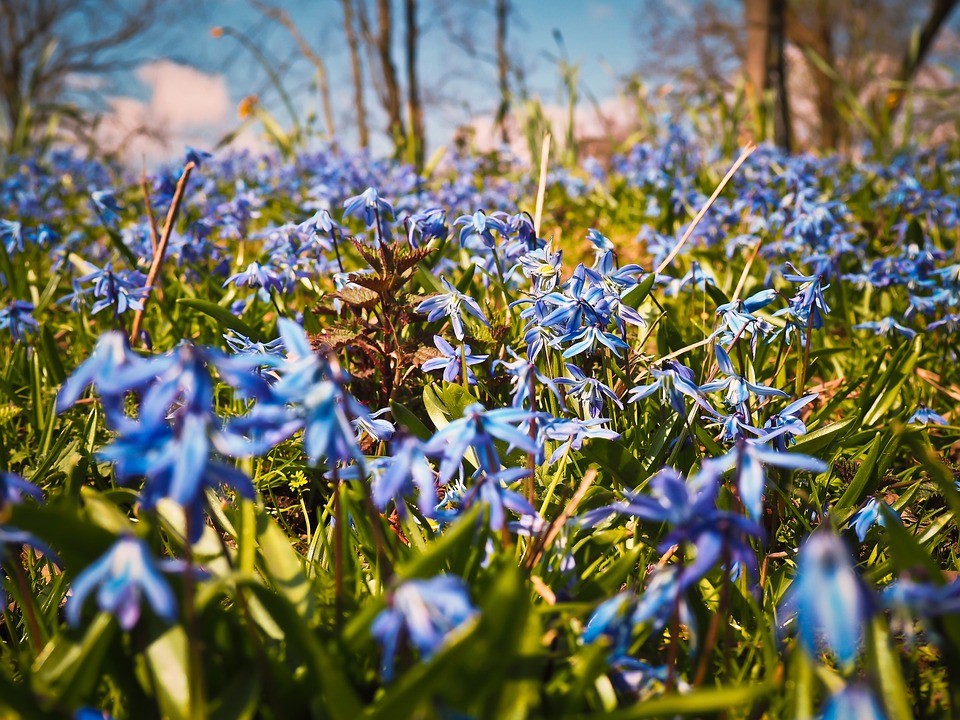Introduction
Toledo, often referred to as the City of Three Cultures, is a true cultural wonderland located in central Spain. This enchanting city is renowned for its unique blend of Moorish, Jewish, and Christian influences that have shaped its rich history and architecture. With its narrow cobblestone streets, ancient city walls, and magnificent monuments, Toledo offers visitors a captivating journey through time.
Historical Significance
Having served as the capital of Spain until the 16th century, Toledo boasts a wealth of historical significance. The city’s strategic position on a hill overlooking the Tagus River has attracted various civilizations throughout its history. The influence of the Moorish, Jewish, and Christian communities is evident in the mosques, synagogues, and churches that coexist within the city walls.
Architectural Marvels
Toledo is adorned with stunning architectural marvels that reflect the three cultures that have shaped it. The Alcázar of Toledo, a fortress that offers breathtaking views of the city, is a striking example of medieval Moorish architecture. The Gothic Cathedral of Toledo, one of the most impressive cathedrals in Spain, showcases the city’s Christian heritage. The Synagogue of Santa María La Blanca is a testament to the Jewish influence, with its beautiful Mudejar architecture.
Cultural Events
Toledo is a city that celebrates its diverse cultural heritage through various events and festivals. The Corpus Christi Festival, held in June, is one of the most prominent celebrations in the city. The streets come alive with processions, music, and traditional dances. During Holy Week, visitors can witness breathtaking religious processions that showcase the devotion and artistic expressions of the locals.
Gastronomy
Toledo is a paradise for food lovers, offering a culinary experience that combines traditional Spanish dishes with the city’s multicultural influences. Visitors can indulge in local specialties such as Toledo marzipan, which has been produced in the city for centuries. Other must-try dishes include roast lamb, partridge stew, and the famous saffron-infused Spanish rice dish, paella.
Exploring Toledo
Exploring Toledo is like stepping into a living museum. Visitors can wander through the winding streets of the old town, admiring the stunning architecture and vibrant atmosphere. The Jewish Quarter, known as La Juderia, is a particularly enchanting area with its maze-like streets and charming courtyards. The Toledo Cathedral’s impressive interior and El Greco’s famous painting, “The Burial of the Count of Orgaz,” housed in the Church of Santo Tomé, are must-visit sights.
FAQs
1. What is the best time to visit Toledo?
The best time to visit Toledo is during spring (April-June) and autumn (September-November) when the weather is mild, and the city is less crowded with tourists.
2. How can I reach Toledo?
Toledo is conveniently located just 70 kilometers south of Madrid. Visitors can easily reach the city by taking a short train or bus ride from Madrid.
3. Are there guided tours available?
Yes, there are guided tours available in multiple languages that offer a comprehensive exploration of the city and its cultural heritage.
4. What other attractions are there in Toledo?
In addition to its historical and cultural sites, Toledo is home to numerous museums, including the El Greco Museum and the Army Museum of Toledo, which houses an impressive collection of weapons and armor.
5. Can I buy local crafts and souvenirs in Toledo?
Absolutely! Toledo is renowned for its traditional crafts, especially its handmade swords and damascene jewelry. Visitors can find a wide range of unique souvenirs to take home.

